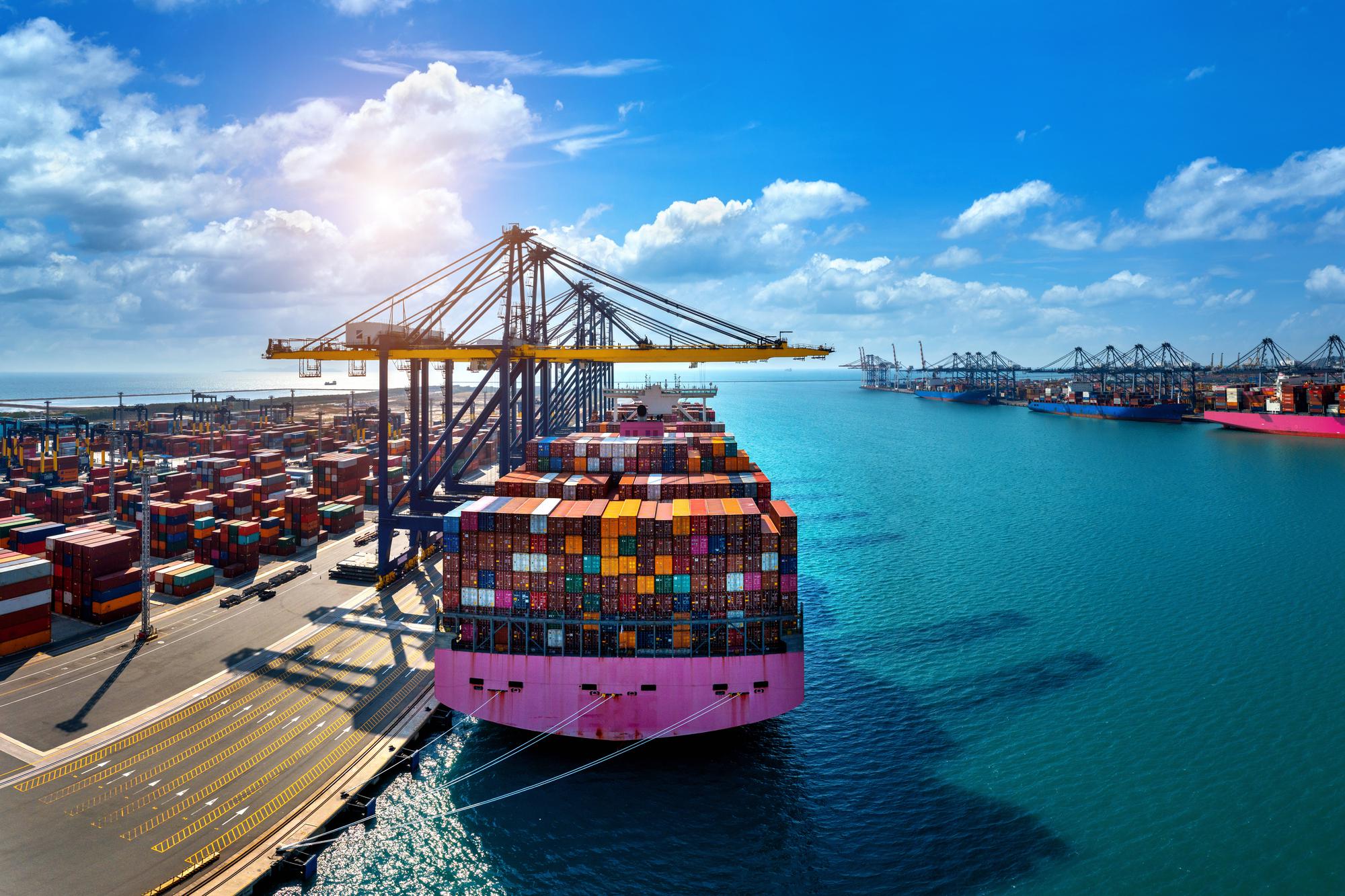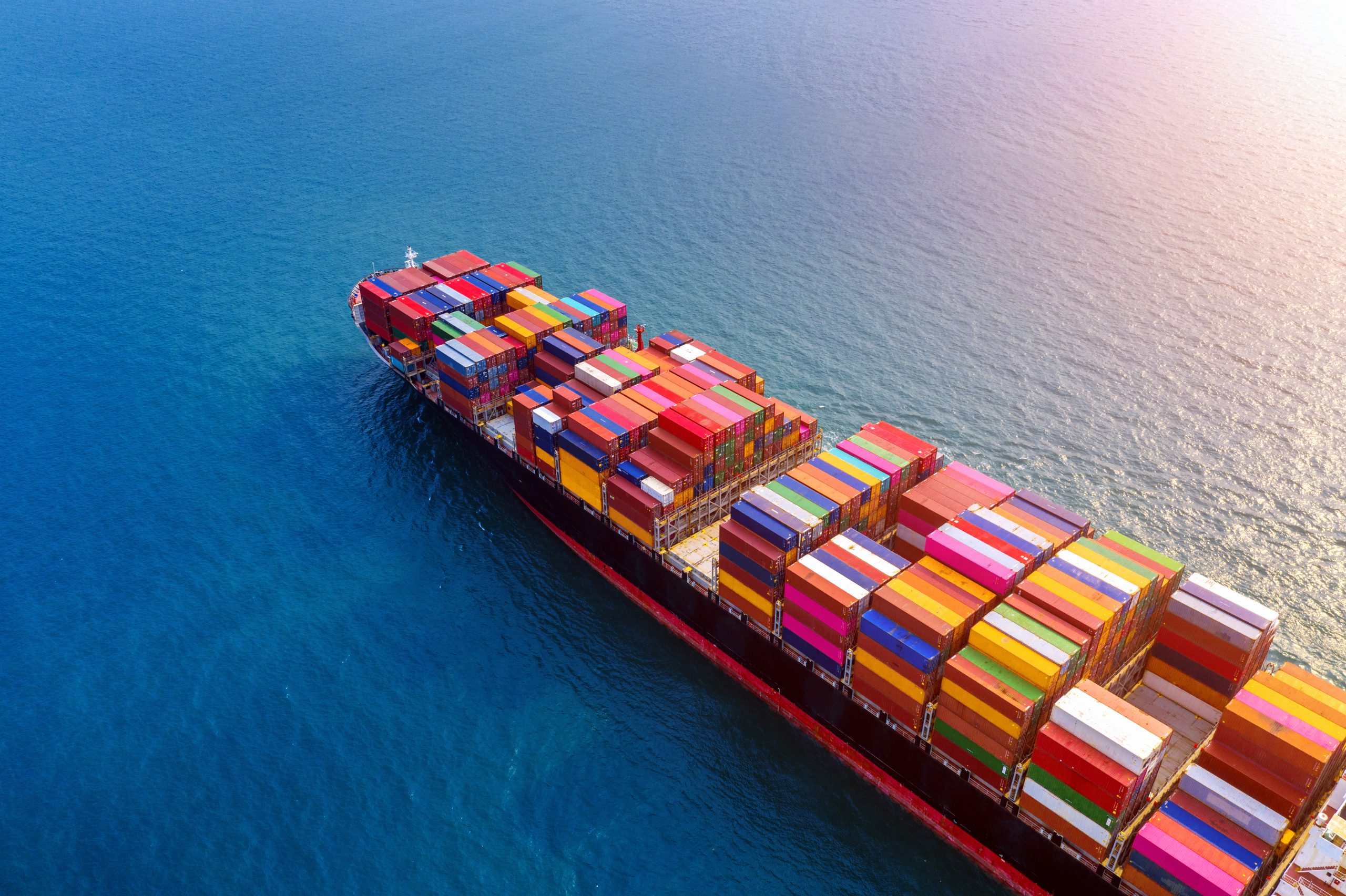Loading supervision is a critical process in the logistics and shipping industry, ensuring that goods are loaded safely, accurately, and securely for transportation. This process primarily encompasses two main categories: container loading supervision and bulk cargo loading supervision.

Container Loading Supervision
Container loading supervision involves overseeing the proper loading of goods into containers, typically conducted at factories, warehouses, or shipping ports. The primary objective is to ensure that the correct products, in the right quantities, are loaded into containers in a manner that prevents damage during transit. This includes verifying product quality and quantity, inspecting packaging, and ensuring that the container is in suitable condition for transportation. The supervision process also involves monitoring the loading methods to maximize space utilization and minimize potential damage.
Bulk Cargo Loading Supervision
Bulk cargo loading supervision pertains to the oversight of loading large, unpackaged goods, such as vehicles onto roll-on/roll-off (Ro-Ro) ships or loose commodities onto bulk carriers. These operations typically occur at specialized terminals equipped to handle specific types of bulk cargo. The supervision process ensures that the cargo is loaded in compliance with safety regulations, properly secured to prevent shifting during transit, and that the loading sequence aligns with the unloading plan at the destination. This meticulous attention to detail is crucial to prevent damage and ensure the safety of the cargo and vessel.
Key Steps in Loading Supervision
Regardless of the cargo type, loading supervision generally involves several essential steps:
- Pre-Loading Inspection: Assessing the condition of the container or vessel to ensure it is free from damage, clean, and suitable for the intended cargo.
- Verification of Goods: Confirming that the products to be loaded match the order specifications in terms of type, quantity, and quality.
- Monitoring the Loading Process: Overseeing the actual loading to ensure proper handling, correct stacking, and optimal space utilization to prevent damage during transit.
- Sealing and Documentation: Once loading is complete, sealing the container or securing the cargo, and preparing detailed reports that document the loading process, including any anomalies or issues encountered.
Benefits of Loading Supervision
Implementing loading supervision offers several advantages:
- Risk Mitigation: Reduces the likelihood of cargo damage, loss, or contamination during transportation.
- Compliance Assurance: Ensures adherence to international shipping standards and regulations, thereby avoiding potential legal and financial penalties.
- Operational Efficiency: Enhances the efficiency of loading operations, leading to optimal use of space and resources, which can result in cost savings.
In conclusion, loading supervision, encompassing both container loading supervision and bulk cargo loading supervision, plays a vital role in the global supply chain. It ensures that goods are loaded correctly and securely, thereby safeguarding the interests of all stakeholders involved in the transportation process.








